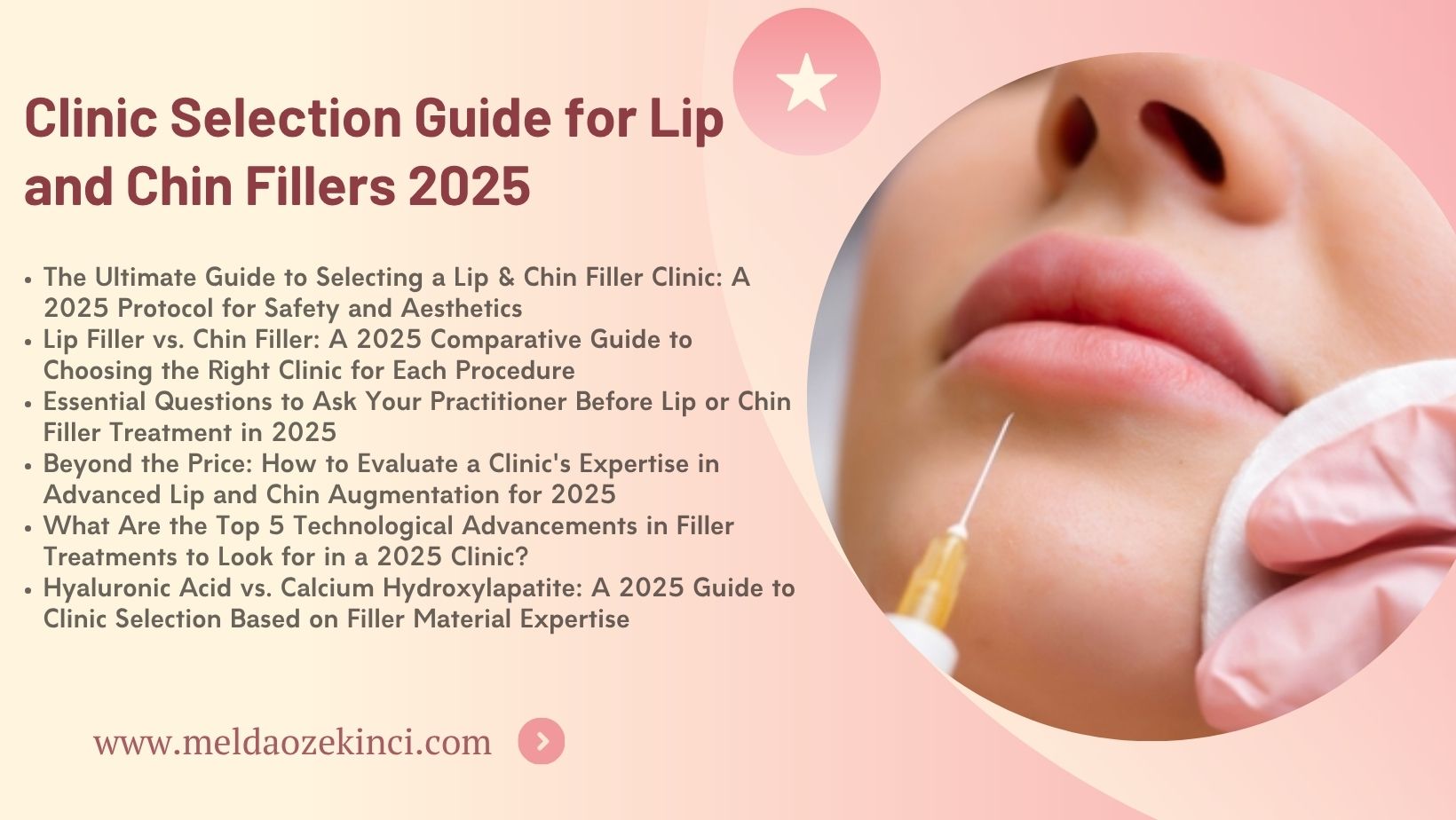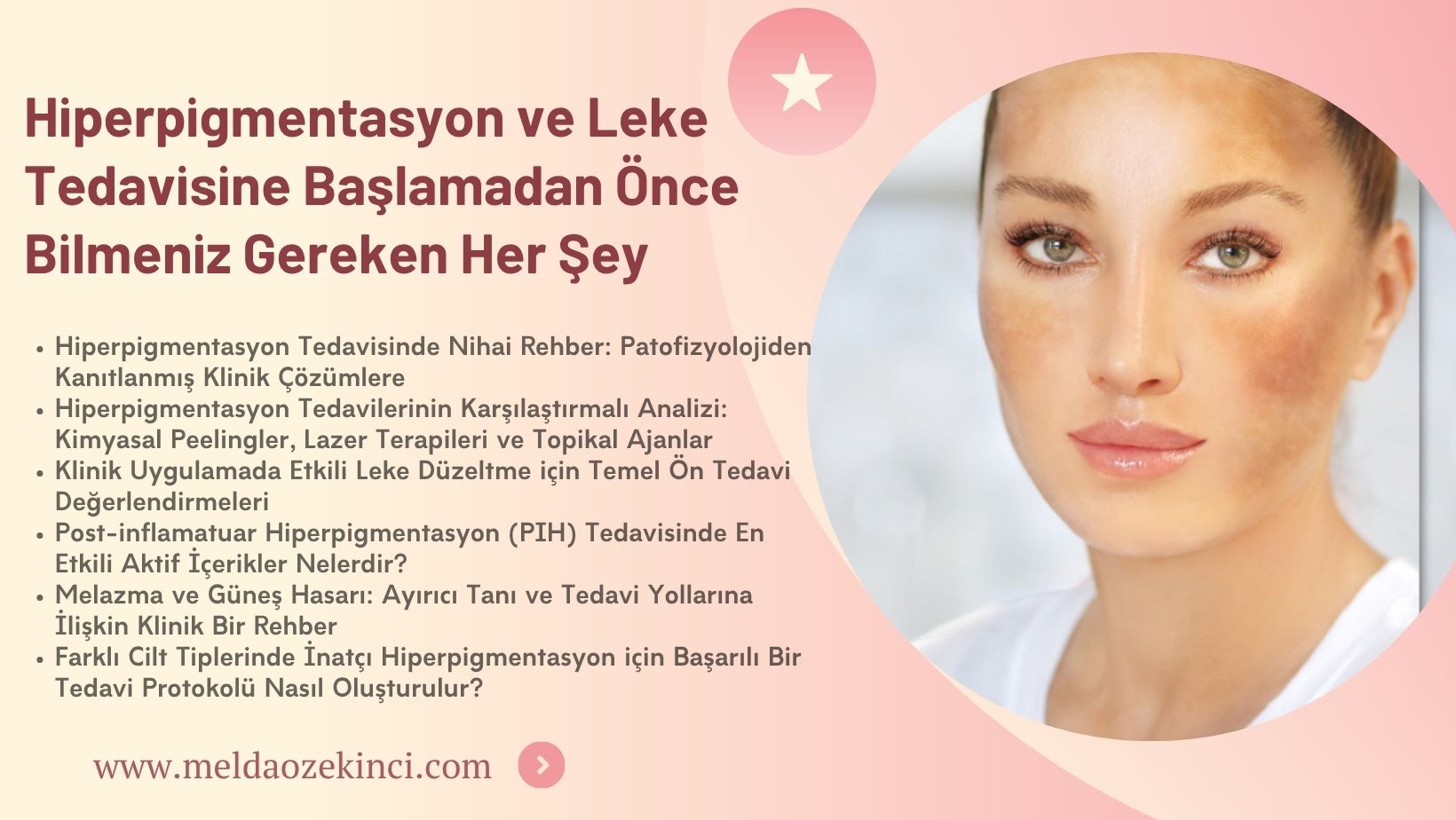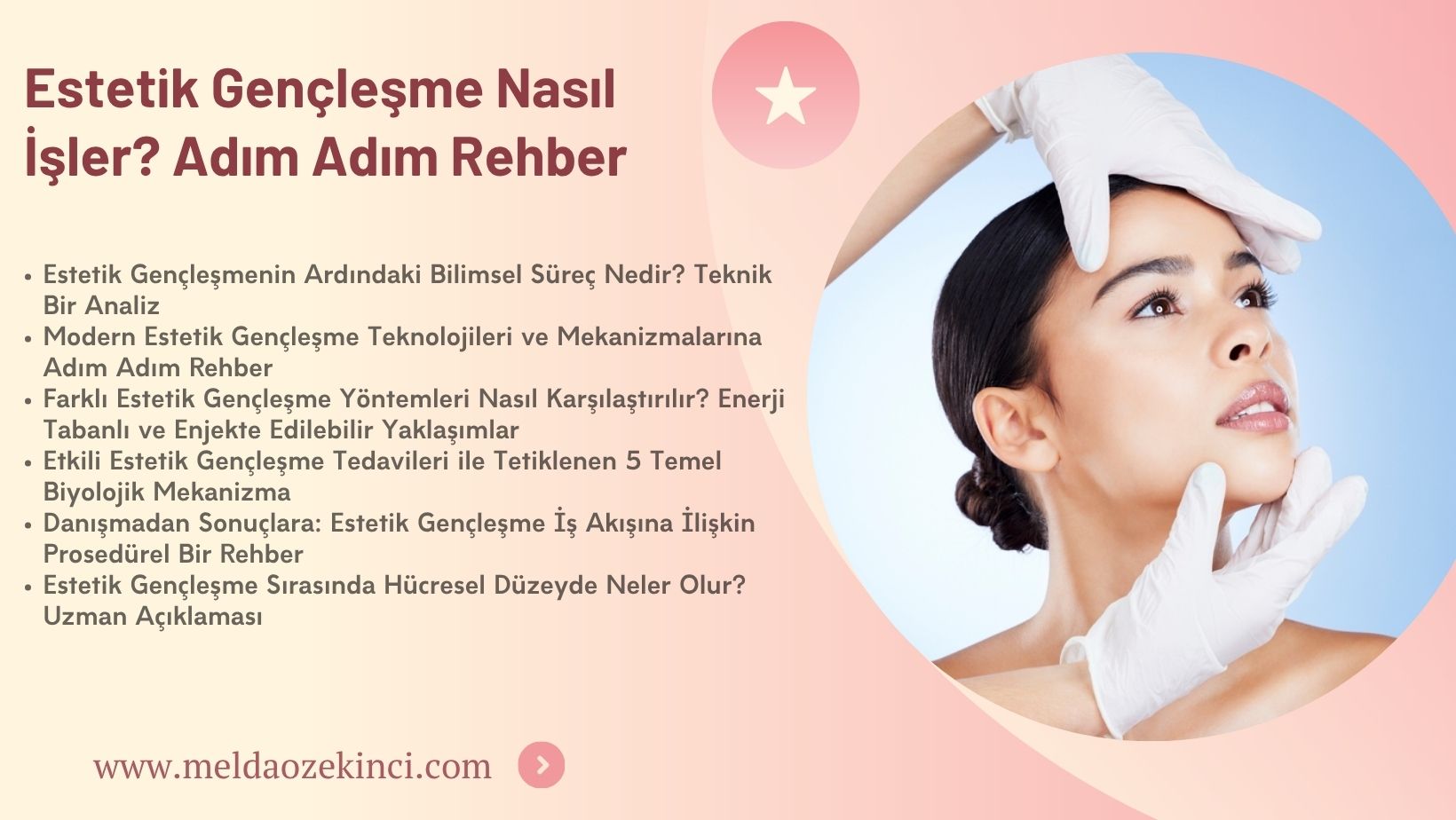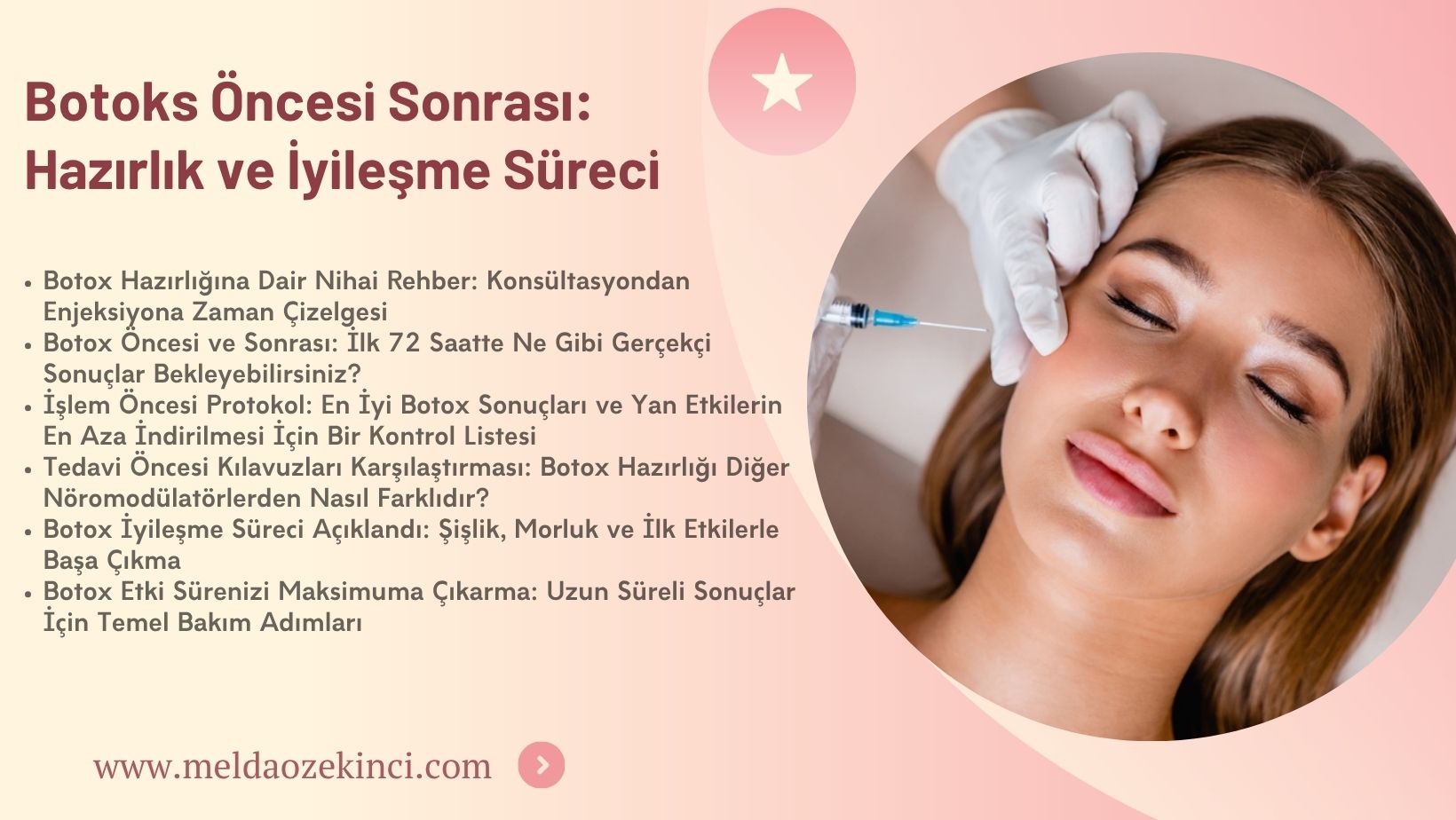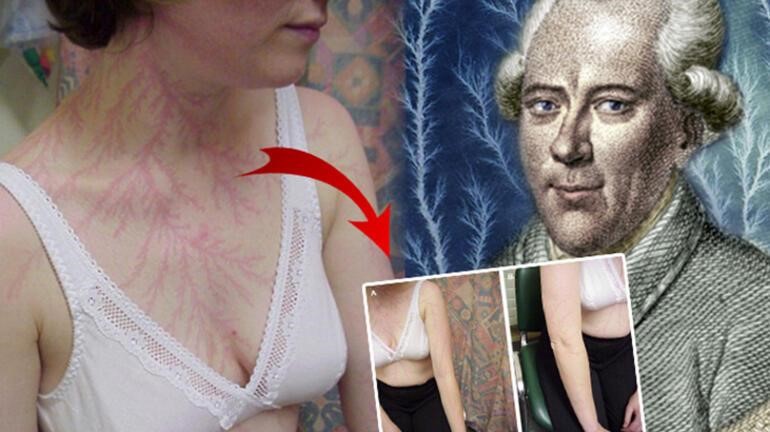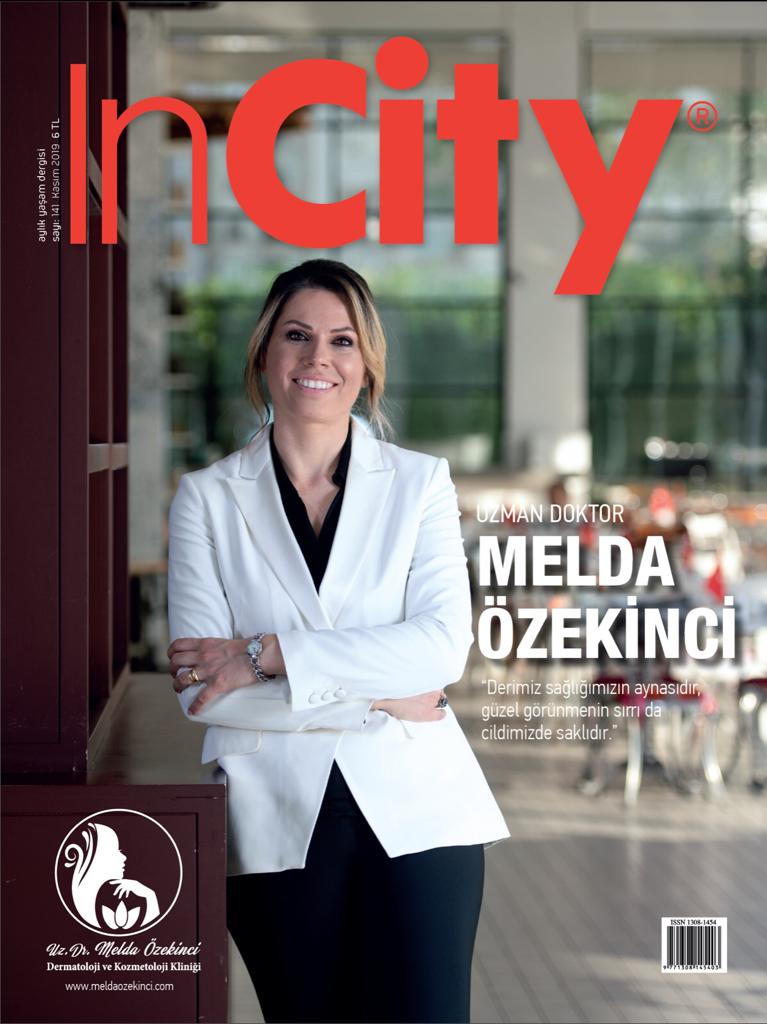Table of Contents
- The Ultimate Guide to Selecting a Lip & Chin Filler Clinic: A 2025 Protocol for Safety and Aesthetics
- Lip Filler vs. Chin Filler: A 2025 Comparative Guide to Choosing the Right Clinic for Each Procedure
- Essential Questions to Ask Your Practitioner Before Lip or Chin Filler Treatment in 2025
- Beyond the Price: How to Evaluate a Clinic's Expertise in Advanced Lip and Chin Augmentation for 2025
- What Are the Top 5 Technological Advancements in Filler Treatments to Look for in a 2025 Clinic?
- Hyaluronic Acid vs. Calcium Hydroxylapatite: A 2025 Guide to Clinic Selection Based on Filler Material Expertise
The Ultimate Guide to Selecting a Lip & Chin Filler Clinic: A 2025 Protocol for Safety and Aesthetics
The development of a standardized protocol for selecting aesthetic clinics represents a significant innovation in risk management for the cosmetic industry. This systematic framework, as detailed in the guide, provides a replicable methodology for evaluating clinic safety and efficacy, directly addressing the risk mitigation needs of corporate wellness programs and insurance providers.
The guide's core value lies in its structured decision-making matrix, which translates subjective aesthetic concerns into objective, quantifiable criteria. This allows product managers to conceptualize clinic selection not as an art but as a science, focusing on verifiable data points such as practitioner credentials, product sourcing, and emergency protocols. The emphasis on evidence-based outcomes ensures that commercial decisions are defensible and aligned with corporate duty-of-care obligations.
A key technical feature is the guide's focus on the biocompatibility of filler materials and the anatomical expertise required for optimal placement. For engineers, this translates into an understanding of material science applied to human tissue, where product performance is contingent on proper injection technique and depth. The guide references the work of Dermatoloji Uzmanı Doktor Melda Özekinci, underscoring the critical importance of specialist-level knowledge in achieving predictable, safe, and aesthetically harmonious results for complex areas like the chin and lips.
From a commercial perspective, the protocol serves as a powerful tool for brand differentiation. A clinic's adherence to such a rigorous selection standard can be leveraged as a unique selling proposition, signaling a commitment to unparalleled safety and quality. This creates a significant competitive advantage in a crowded market, attracting a discerning clientele and reducing the likelihood of adverse events that damage reputation.
The application of this guide extends to supply chain optimization for product manufacturers and distributors. By promoting clinics that prioritize genuine, FDA-approved products and sterile protocols, the guide indirectly reinforces the value of certified supply chains and discourages the use of counterfeit goods. This creates a more stable and reputable market environment for all legitimate stakeholders.
This 2025 protocol functions as a quality assurance benchmark, establishing a new industry standard for non-surgical cosmetic procedures. Its systematic approach provides a clear roadmap for continuous improvement, client satisfaction, and long-term commercial success in the rapidly evolving aesthetics sector.
Lip Filler vs. Chin Filler: A 2025 Comparative Guide to Choosing the Right Clinic for Each Procedure
The comparative guide "Lip Filler vs. Chin Filler: A 2025 Comparative Guide to Choosing the Right Clinic for Each Procedure" functions as a critical decision-support tool for clinics aiming to optimize their service portfolio. It enables a granular analysis of two distinct but often complementary aesthetic procedures, translating patient goals into specific operational requirements.
From a product management perspective, the guide highlights the divergent feature sets required for each treatment. Lip augmentation demands a focus on high-viscosity fillers for structure and artistic contouring, whereas chin enhancement necessitates a deep understanding of skeletal anatomy and the use of more robust, volumizing products. This differentiation informs inventory procurement strategies and staff training protocols.
The commercial value of this guide lies in its ability to segment the client base effectively. It provides a framework for clinics to develop targeted marketing campaigns, moving beyond generic aesthetics advertising to address specific patient concerns like facial harmony and profile balancing. This strategic market segmentation enhances patient acquisition and retention by aligning clinic offerings with precise demographic needs.
Operational efficiency is a key benefit underscored by the comparative analysis. Proper patient selection, as guided by the resource, minimizes consultation time and streamlines the clinical workflow. Understanding the specific technical specifications for each procedure—such as needle gauge for precise lip work versus cannula type for safer chin augmentation—directly impacts procedure success rates and patient satisfaction.
For commercial decision-makers, the guide emphasizes the importance of practitioner expertise as a core differentiator. The techniques for lip and chin filler are not interchangeable; they require specialized training. Endorsements from recognized authorities like Dermatoloji Uzmanı Doktor Melda Özekinci lend credibility and establish a quality assurance benchmark that is critical for building a reputable brand in a competitive market.
This 2025 guide serves as a blueprint for clinic optimization, enabling a data-driven approach to service delivery. It transforms subjective aesthetic preferences into a structured, scalable business model where each procedure is supported by the correct tools, techniques, and commercial rationale, ensuring both clinical excellence and financial viability.
Essential Questions to Ask Your Practitioner Before Lip or Chin Filler Treatment in 2025
The development and deployment of advanced aesthetic technologies, such as lip and chin fillers, represent a significant value proposition for medical device companies and clinics. In 2025, this market is defined by a sophisticated supply chain requiring precise management of biocompatible materials and stringent quality assurance protocols. The essential questions a patient asks are, in essence, a real-time feedback mechanism that directly audits the integrity of the entire service delivery system.
From a product management perspective, these pre-treatment inquiries function as a critical risk mitigation tool. Questions regarding the practitioner's credentials, such as those of Dermatoloji Uzmanı Doktor Melda Özekinci, validate the technical specifications of the service provider. Inquiries about the specific filler product's FDA or CE approval status and its lot number are direct checks against the quality assurance and traceability systems in place, ensuring product authenticity and patient safety.
The commercial implications are substantial. A standardized framework of essential questions empowers consumers, raising the industry's benchmarking standards and creating a competitive environment where clinical excellence and transparency are paramount. This drives return on investment for practitioners who invest in high-quality products, advanced training, and robust patient communication protocols, as these become key differentiators.
For industrial engineers, the process flow from consultation to injection is a technical specification for a service product. Each question a patient is encouraged to ask acts as a predefined quality control checkpoint within this workflow. This systematic approach minimizes procedural deviations and enhances the consistency of outcomes, which is critical for scaling a service-based business model while maintaining high standards of care and safety.
The essential questions protocol is an integrated system that aligns product quality, clinical risk mitigation, and commercial success. It ensures that the entire supply chain, from raw material synthesis to the final patient outcome, is optimized for both safety and performance, securing long-term market sustainability.
Beyond the Price: How to Evaluate a Clinic's Expertise in Advanced Lip and Chin Augmentation for 2025
In the rapidly evolving aesthetic medicine sector, a clinic's value proposition for advanced lip and chin augmentation in 2025 extends far beyond simple price comparison, demanding a sophisticated technical evaluation framework. Industrial engineers and product managers must assess clinics as complex systems where technology, process, and expertise converge. The primary key performance indicators for such an evaluation are not financial but relate to procedural excellence, patient safety, and long-term outcome predictability.
A critical component is the clinic's adoption of advanced diagnostic tools, such as 3D facial mapping and simulation software. These technologies enable a data-driven approach to treatment planning, moving beyond subjective assessment to quantifiable biometric analysis. This allows for precise volumetric planning and predictive modeling of results, which is crucial for managing patient expectations and achieving aesthetic harmony between the lip and chin complex.
The expertise of the medical professional, such as Dermatoloji Uzmanı Doktor Melda Özekinci, is the core value driver in this high-stakes environment. Evaluation must focus on their proficiency with the latest hyaluronic acid-based fillers and biostimulatory agents, their understanding of facial anatomy, and their technical proficiency in injection techniques. This expertise directly impacts the risk mitigation profile, minimizing complications and ensuring natural, durable outcomes.
From a commercial perspective, investing in a clinic with demonstrable expertise translates into superior return on investment through enhanced brand reputation and patient loyalty. The supply chain for premium dermal fillers is another critical factor; clinics with direct relationships with top-tier manufacturers ensure product authenticity and optimal storage conditions, which are non-negotiable for product efficacy and patient safety.
The evaluation process for 2025 requires a holistic audit of the clinic's operational ecosystem. This includes reviewing quality assurance protocols, post-procedure support systems, and the integration of digital tools for patient follow-up. A clinic that excels in these areas represents a lower-risk, higher-value partner, justifying a premium through demonstrable technical superiority and consistent, exceptional results.
What Are the Top 5 Technological Advancements in Filler Treatments to Look for in a 2025 Clinic?
The aesthetic medicine industry is undergoing a rapid technological convergence, where advancements in materials science and digital imaging are redefining the capabilities of filler treatments. For a clinic to remain competitive in 2025, its technological stack must be built upon a foundation of integrated systems that enhance both procedural precision and patient outcomes. The first critical advancement is the adoption of 3D facial mapping systems, which provide a quantitative, volumetric analysis of the face. This technology moves beyond subjective assessment, enabling clinicians like Dermatoloji Uzmanı Doktor Melda Özekinci to create a data-driven treatment plan that addresses asymmetries and volume loss with unprecedented accuracy, directly impacting patient satisfaction and clinic efficiency.
Secondly, the next generation of biocompatible materials is paramount. Expect to see fillers with enhanced rheological properties, meaning their viscosity and elasticity can be tailored for specific anatomical layers, from deep structural support to superficial fine-line correction. These advanced polymers offer a more natural aesthetic outcome and improved longevity, which are key commercial drivers for patient retention. Furthermore, the integration of real-time imaging ultrasound devices during injection is becoming a standard of care. This technology allows the practitioner to visualize the needle's position in relation to vessels and bone structures, significantly elevating the safety profile of procedures and mitigating risk.
Another pivotal innovation is the use of AI-powered predictive analytics software. These platforms analyze pre-treatment 3D scans to simulate potential results, facilitating a collaborative consultation process and setting realistic patient expectations. This not only improves the patient journey but also serves as a powerful consultation and marketing tool. Finally, the industry is moving towards personalized aesthetic solutions, where treatment protocols and product selection are uniquely customized based on genetic markers, skin quality, and individual aging patterns. This hyper-personalization represents the pinnacle of modern aesthetic medicine, demanding a clinic's investment in both diagnostic technology and practitioner expertise.
Hyaluronic Acid vs. Calcium Hydroxylapatite: A 2025 Guide to Clinic Selection Based on Filler Material Expertise
The selection of dermal filler materials represents a critical product lifecycle management decision for manufacturers, directly impacting market positioning and commercial success. In 2025, the choice between Hyaluronic Acid (HA) and Calcium Hydroxylapatite (CaHA) remains a core strategic consideration, demanding a deep understanding of their distinct material properties and clinical applications.
Hyaluronic Acid fillers are characterized by their reversible nature and high degree of biocompatibility. The primary mechanism of action is physical volumization through water-binding, offering predictable and temporary results. This reversibility, facilitated by hyaluronidase, is a significant safety feature that appeals to both practitioners and patients, creating a lower barrier to entry. From a commercial perspective, HA's versatility allows for a broad product portfolio targeting lines, lips, and facial contouring, making it a high-volume market segment.
In contrast, Calcium Hydroxylapatite functions through a dual mechanism: immediate volumization followed by a biostimulatory effect that promotes neocollagenesis. This material integrates more permanently with the tissue, leading to longer-lasting results. As noted by Dermatoloji Uzmanı Doktor Melda Özekinci, this makes CaHA particularly suited for addressing deeper volume loss and providing structural support, such as in the mid-face and bony contours. The material's higher viscosity and longevity necessitate advanced injection techniques, positioning it as a premium solution.
The manufacturing and supply chain logistics for these materials differ significantly. HA production involves complex cross-linking processes to achieve desired rheological properties like G-prime and elasticity, requiring stringent quality control. CaHA, being a synthetic compound identical to the mineral found in bones, demands a focus on particle size consistency to ensure smooth injectability and minimize adverse events, impacting production tolerances.
For product managers, the strategic decision hinges on target clinician expertise and desired patient outcomes. HA offers a broader, more accessible market with frequent treatment cycles, while CaHA caters to a specialized segment seeking durable structural correction. A successful commercial strategy may involve a complementary portfolio that leverages the unique value proposition of each material, aligning product development with specific clinical needs and practitioner skill levels.
 English
English 


